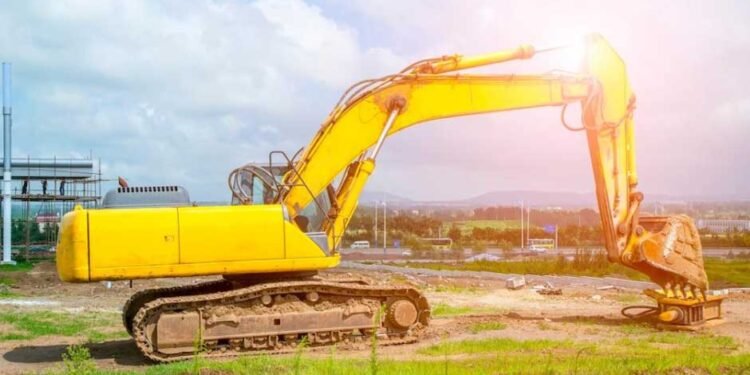In the United States, Cat 320 excavators, Cat 950M loaders, Cat D6 bulldozers, Cat 140GC graders and Cat 797F dump trucks are the yellow figures you can see everywhere. If you happen to be a Caterpillar owner or driver, in this blog, we will share with you the necessary maintenance tips to keep your old friends looking like new, read on!
1.Follow a personalized manufacturer’s maintenance plan
There are certainly general guidelines for maintenance, but each machine has its own characteristics and attributes, and Caterpillar provides a detailed maintenance program for each piece of equipment. These guidelines are tailored to the specific model and usage. All you need to do is read the operator’s manual carefully and follow these schedules regularly for things like CAT Carterpillar parts replacement, oil changes, filter changes and inspections. Neglect of routine maintenance is one of the causes of major downtime.
2.Regular inspection and replacement of filters at regular intervals
Filters are one of the most frequently maintained and inspected machinery parts. As I’m sure you know, the filters inside every machine come in many varieties, including air, oil and fuel filters. Their main function and role is to protect the engine and hydraulic system of the machine from contaminants. Filters are consumables, and as they are used, they can become clogged or dirty, which can cause serious damage over time. The usual replacement time ranges from a few hundred to a few thousand hours, if your working environment is not particularly dirty, then I recommend that you check every three months; if you work in a dusty environment, then replacement of these parts should be shortened by the specific circumstances of the time to do so.
3.Monitoring fluid levels and quality
You may be wondering what are the roles of engine oil and hydraulic fluid? Engine oil is mainly used to lubricate the internal parts of the engine, reduce friction, prevent wear and tear, and help dissipate heat to keep the engine running stably; hydraulic oil is the medium for transmitting power, ensuring that the pressure in the hydraulic system can be effectively transmitted to drive the mechanical components to work smoothly. Between the oil contamination or too low will lead to overheating, increased wear and tear and even system failure, you should have to do is to check the oil level regularly to ensure that it is clean and at the correct level.
4.Check hoses and belts
Hoses and belts are common failure points on heavy machinery. Cracks, leaks or signs of wear are the main problems that can be checked out. If you notice anything amiss, you’ll want to replace damaged parts immediately before you proceed to your next machinery operation to prevent costly breakdowns and minimize downtime.
5.Keep the undercarriage clean
If your machine isn’t tracked, it’s a relatively good plot; but with tracked Caterpillar machinery, the machine’s undercarriage is subjected to a great deal of stress and wear and tear. During operation, dirt, debris, and rocks can get stuck in the tracks, causing premature wear and tear on the machine’s undercarriage.
6.Checking the condition of tires & tracks
Like your car, worn tires or tracks can reduce traction, stability and overall efficiency. Regularly check your tires for wear and damage, and when you inflate your tires, make sure the tire pressure is within the rated range. Only replacing damaged tires or tracks in a timely manner will ensure optimal performance and safety.
Conclusion
These are just some of the most basic aspects of maintaining a machine, and repairs to a machine are still dependent on the experience of daily use, but I believe that following these basic tips will benefit you greatly in your subsequent driving career.
Whether you’re performing routine inspections or replacing critical parts, FridayParts offers a wide range of aftermarket parts to keep your Caterpillar equipment running smoothly. Visit our website today to find the right parts for your machine!












